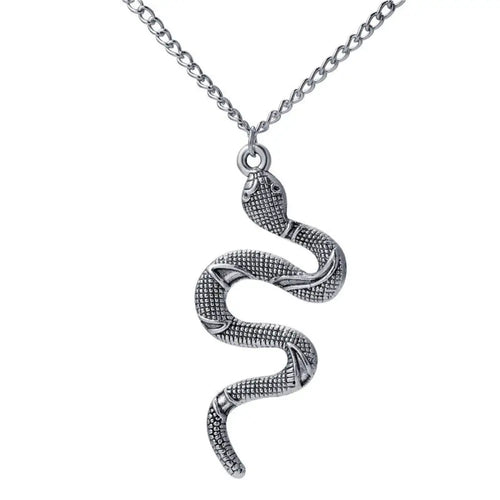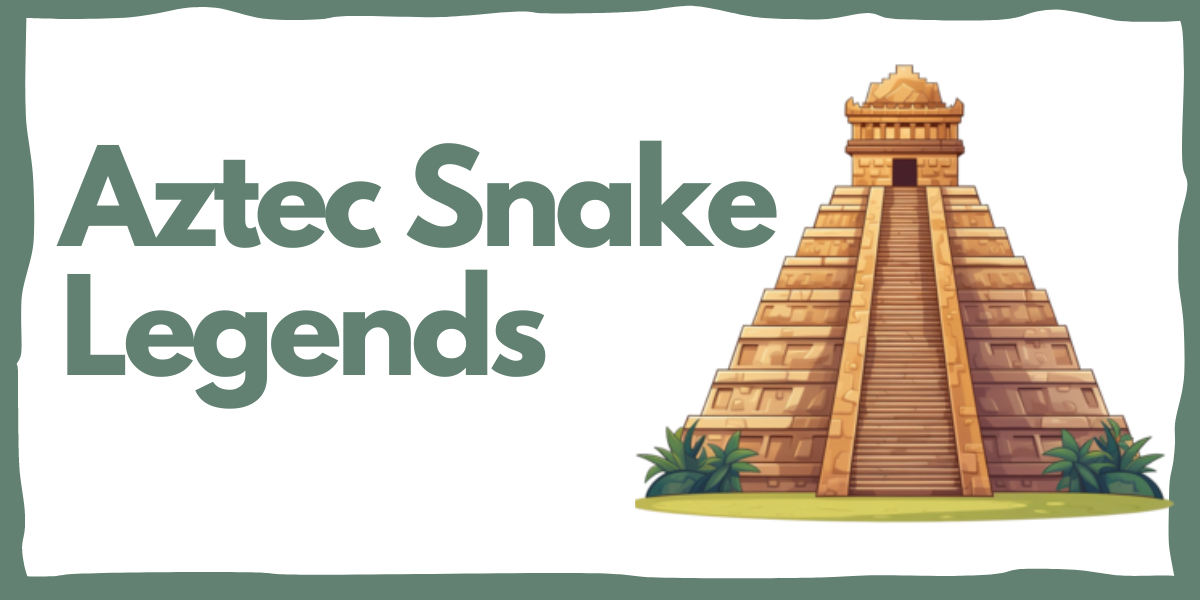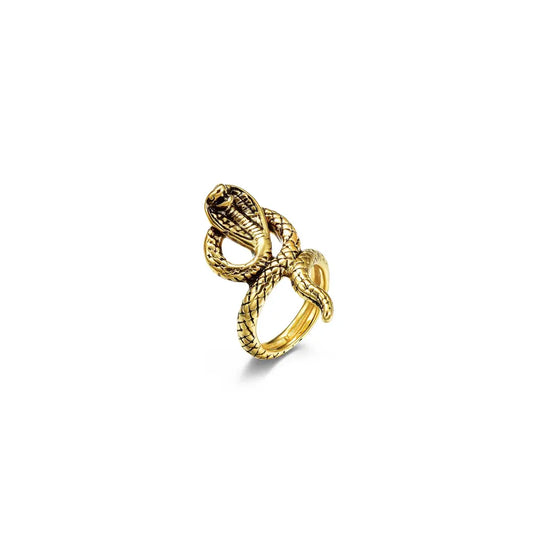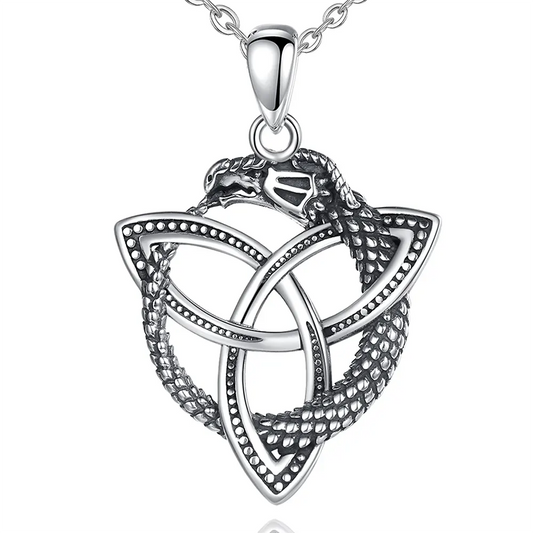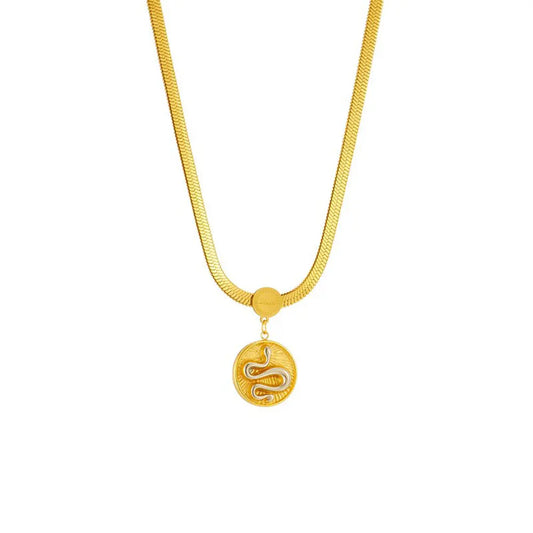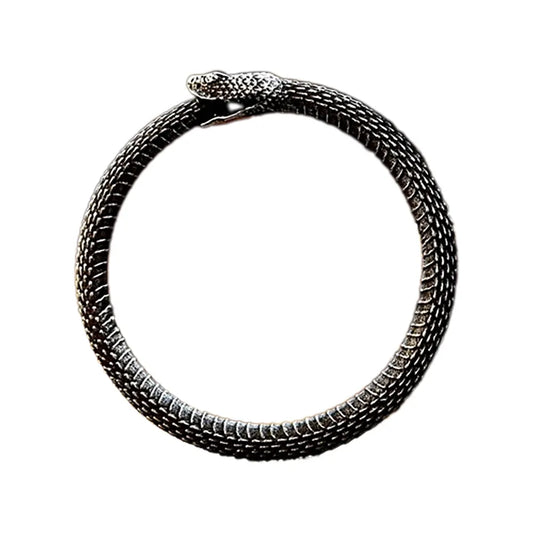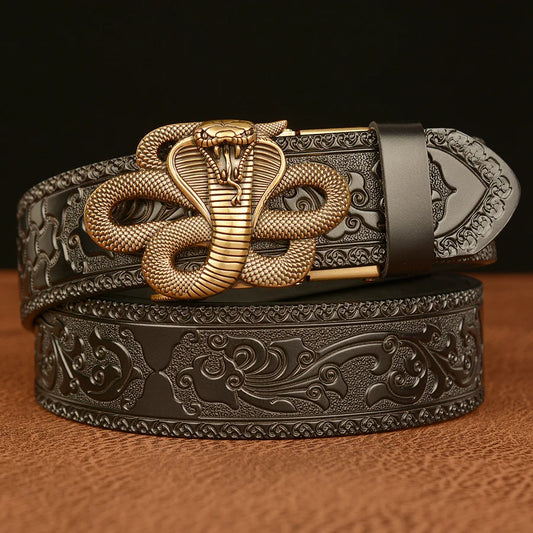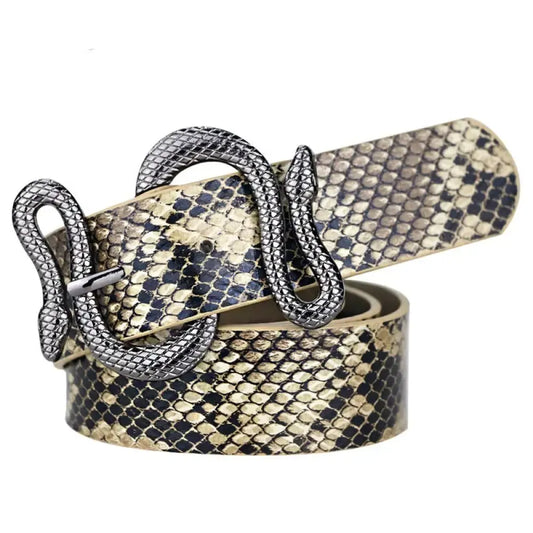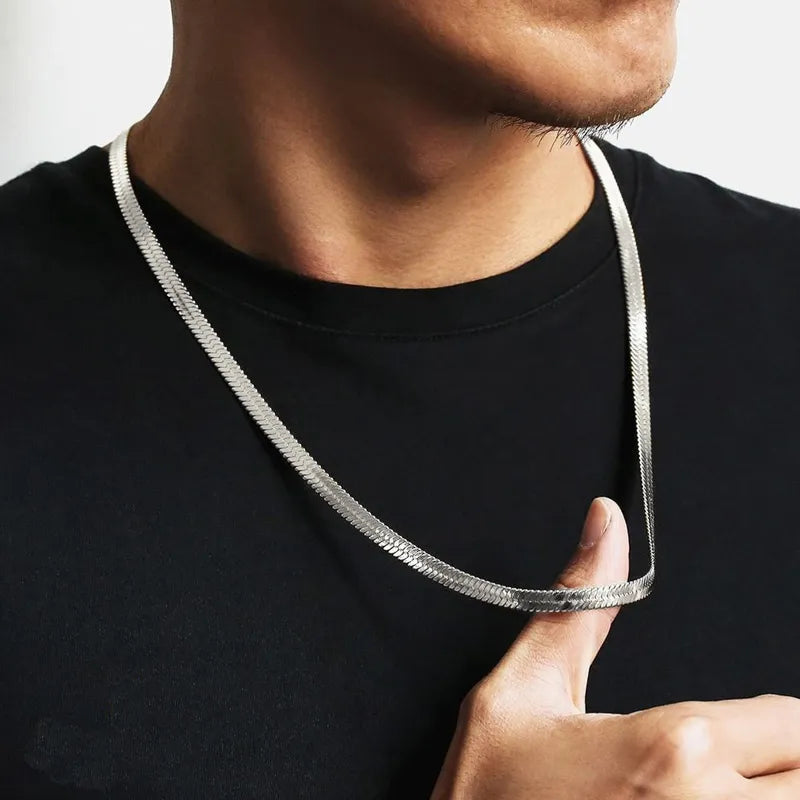Aztec Snake Legends
What was the divine role of serpents in Aztec culture? How did the snakes affect the ancient Mexicas? Were the serpentine gods of Nahuatl kind or wrathful? How did the Nahuatl-speaking people worship the serpent gods? But primarily, what are the stories behind the Aztec snake legends?
My name is David Lobiky, a snake admirer, a researcher and an author for the Snake Store methodical narrative team. Through years of scientific and cultural research and a love for stories, I have come across the cultural impact that serpents have imposed on ancient and modern societies; discovering legends that live in today’s popular proverbs, celebrations and symbolism- often with unrecognized origins.
Aztec snake legends recount the stories of divine serpents that adopted the position of several deities in the pantheon of the Aztec gods. Differing in attribute and appearance, they reigned from the heavens as the primordial creators, ruled the underworld, or meandered along the nights’ dark hours.
This is an introduction of snake-related mythology in Aztec culture, covering the accounts and attributes of:
- Xiuhcoatl, the turquoise serpent
- Quetzalcoatl, the cordial feathered serpent deity
- Mixcoatl, the fierce lord of the dawn
Let’s get to know the serpentine deities of the Aztec culture.
The Aztec's culture glorified a list of pantheon gods. Their lives were centred around the gods and in response to their adorations, they received divine favors. These gods were responsible for creating balance in nature, by controlling elements such as day and night, to ensure human continuity. The pantheon gods were also in charge of providing food, and nourishment of the land.
The ritualistic appeasement of the gods was done through a variety of ways such as holding festivals, rituals and sacrifice rites. They would make the gods feel appreciated by offering food, flowers, valuable items such as jewellery, and burning incense.
The Aztec beliefs focused around a great many gods and goddesses, including the legendary god Quetzalcoatl also called the feathered serpent, xiuhcoatl, mixcoatl, Huitzilopochtli, Itzpapatotl, Ixtlilton, Metztli, Mictlan, Macuilxochitl- only to name a few among other metaphysical gods. Here, we only attend to a few of these deities.
1- Xiuhcoatl, Azetc Snake
Xiuhcoatl is a Nahuatl word that translates as 'turquoise serpent'; a symbolic connotation to the term 'fire serpent'. He was a god in the mythological accounts of Aztec religion, who was regarded as the animal or the spirit form of Xiuhtecuhtli, the Aztec Lord of Fire. Xiuhtecuhtli was presented as “the Old God” for his relative age among the Aztec pantheon gods, as the creator of the living existence.
a) Description of Xiuhcoatl
Among the temple depictions and discovered statuettes, The Xiuhcoatl deity appears with a serpentine head characterized with a curved snout, short legs and claws.

b) Powers and roles of Xiuhtecuhtli
He was one of the Aztec lords of the night, ruling on the first hour of the darkness, and held the patronage over the volcanoes, concepts of duality, sea-faring merchants and fire.
Among the notable duties, he assumed the role of overseeing the Xiuhmolpilli festival, in other words, the new fire ceremony (also called binding of the years). This festival was held once every 52 years on the completion of one full cycle in Aztec calendar. The purpose of the ceremony was to honor and celebrate the renewal of the sun.
The ceremony involved lighting of fire and offering sacrifices.
Xiuhtecuhtli was regarded as the creator of both the all life on earth and the underworld.
c) Other facts about Xiuhtecuhtli
It is said that he had an affinity to young warriors and rulers.
He was also linked to significant days such as that of the water called Atl and the snake day which was referred to as the trecena period 1 coatl together with the month of Izcalli.
Often, He was titled as the god of time, rooting from the Aztecs belief that he was the one responsible for the making and the changes of time.

2- Quetzalcoatl
Quetzalcoatl also referred to as the feathered serpent or plumped serpent is the Nahuatl name of the feathered serpent in the deity of ancient Mesoamerican culture. The name Quetzalcoatl means "feathered snake". He appears in the post-classic stories of the Aztec and Mayan cultures, and is considered being probably the most renowned god in the long list of the pantheon gods and goddesses.
a) Description of the Quetzalcoatl deity
Quetzalcoatl took two forms:
- Serpent form:he is said to have manifested in the form of a snake, and on other occasions, a half-bird.
- Human form:other times he appears as a dark skinned man with a red beak, who wears a headdress and holds a shield in his hand.
b) Facts about the Aztec Snake Quetzalcoatl
According to the Nahuatl linguistic origins, the word Quetzalli means “the precious feathered one”. Later, the deity's name was transmuted into Quetzalcoatl translating as the feathered serpent; a name derived from the combination of quetzalli which means precious feather and the coatl which means snake.
Other Mesoamerican cultures interpreted his divine spirit into names that held the same meanings. His father was said to be Ometeotl, the primary god of fertility. Further down his familiar line, Quetzalcoatl was the brother of Huitzilopochtli, Tezcatlipoca and Xipe Totec. Quetzacoatl has been worshipped by the Aztec community since 100BC. He reigned among the most important gods of the Aztecs and other Central Americans.
There is a mythology that says Quetzalcoatl was also the son of Coatlicue who gave birth to over 400 children. Quetzalcoatl is said to be the positive counterpart of the Tezcatlopoca, the god of darkness and sorcery.
According to a native belief, he was the divine savior that was promised to redeem the men. This prophecy was fulfilled by the presence of Quetzalcoatl deity, as he was linked to the idea of the last Aztec emperor, Moctezuma, and ultimately the end of the aztec golden age.
Quetzalcoatl was sent to exile by his divine opponent, Tezcatlipoca, but alternatively left willingly on a raft of snakes and promised to come back. Quetzalcoatl was known to be the most human loving among the gods in the Aztec pantheon deities.
His relationship with humankind was unique. He saved human beings at the beginning of the fifth sun. He also descended to the underground world to negotiate with other gods, in order to retrieve the bones of the ancestors so that the earth could regenerate. When the gods refused, he stole the bones. Later he built a holy pyre for sacrifice and shed blood on the bones to revive them with new life.
c) Powers and abilities of Quetzalcoatl
The Aztecs believed he was the creator and that he was responsible for creating the boundaries between the heavens and earth.
Quetzalcoatl was the God associated with learning, priesthood and education. He was correlated to other gods such as the God of crafts, the god of wind and the planet Venus.
He was believed to have invented calendars, books and all other forms of writing and science. As other legends go, he was the sole provider of food and knowledge of agriculture to mankind. His legacy remains in crop cultivation and livestock keeping mastery even today.
In general, Quetzalcoatl was the god of light, the giver of life and wisdom, the lord of the winds and the day, and also was regarded as the ruler of the west.
d) Rituals associated with Quetzalcoatl
Animals were sacrificed in the honor of Quetzalcoatl. Unlike other traditions, where human sacrifices were made to worship the gods, Quetzalcoatl rituals were contrary and strongly opposed human sacrifice. His worship extended through the whole region of Mesoamerica.
3- Mixcoatl
Among the pantheon gods and goddesses of the Aztecs was Mixcoatl. He was also called the 'cloud serpent' and was associated with hunting. The mythical narrative and history of the deity of the hunt, Mixcoatl, is quite complex, compared to other Aztec gods. This is partly embedded in the shared origins of Camaxtli, translating to "deer sandals" and was venerated in antiquated and contemporary Mesoamerican cultures such as that of the Otomi, the Chichimecs and the Toltecs.
a) Description of Mixcoatl
Mixcoatl was often illustrated with the unique red and white stripes painted on his body and a dark mask on his eyes. Tlahuizcalpanteuctli, the lord of dawn, had these same features. Mixcoatl's hunting gear, which was a bow and arrows together with a net for carrying his game, distinguished him from the rest.
b) Facts about Mixcoatl god
Mixcoatl was among the four children of the god of sustenance, Tonacatecutli, and his consort Cihuacoatl the goddess of fertility.
According to the mythology, Mixcoatl:
- Invented fire and the cosmic fire drills
- Was the Mesoamerican God known for his skills and wisdom of hunting
- Was identified as the milky way, which hints to the star of heaven by some Mesoamerican cultures
- Was also called Camaxtli
- Was the first god that struck fire using a flint stone, and was praised in various accounts for performing different revolving fire drills around the heavens
- Camxtli was the father to 400 sons and five daughters, who were referred to as the Centron Huitznahua
- He was ultimately destined to feed his offspring to the sun.
The 400 entities of Huitzanahua tried to kill Huitzilopochtli's mother but they instead ended up having their hearts devoured and eaten by the God of war.

Mixcoatl, the cloud serpent, was the father to Quetzalcoatl, as a consequence of his consortship with Xochiquetzal, another important goddess in the Aztec deity who bore affinity to the moon, lunar phases and women’s fertility.
Mixcoatl himself was born from the union of Cihuacoatl, the patron goddess of childbirth, and Huitzilopochtli, the fierce sun god, praised during wars and human sacrifices. Among the Aztec pantheon gods, Mixcoatl’s role as a deity was transfigured and mixed with other aztec divine beings; he often assumed a secondary role to his father, Huitzilopochtli. Although this divine transfiguration was accompanied with slight changes of character and diverse penchants from the original deity. For instance, he would at times be referred to and worshipped as the red aspect of Tezcatlipoca, the patron god of the night.
c) Ritual associated with Mixcoatl
Days such as November 19th in the Julian calendar or November 19 Gregorian calendar were dedicated to Mixcoatl deity. This day was celebrated with hunting and feasting. During the ancient human sacrifice practices, a man and a woman were slaughtered in a consecrated ritual, offering their blood to the temple. On this day, Hunters would dress like Mixcoatl, women danced, and ritualistic fires were kindred.
Along with other hunting gods such as Tezcatlipoca, Mixcoatl was also celebrated during the month of drought, known as Toxcatl and the gift month of Mayan Calendar, accompanied with game hunting, festivity and sacrifices, offered to the appeasement of the wrathful deities.

4- The Impact Of Snakes Deities
By knowing the accounts of the mythological serpentine deities in Aztec culture, you can now recount unique stories for your friends and families; tales of Xiuhcoatl, the fire deity and giver of the warmth and protection to the first human societies, or the kind feathered serpent, Quetzalcoatl, who blessed the farm lands and brought the knowledge of medicine, and the trickster and ruler of the nights, Mixcoatl.
Moreover, you are now familiar with the roots of some existing ceremonies in South America that date as old as the first human beings that lived in the Valley of Mexico and their origins are kept as a historic secret.
Aztecs often adorned their temple pyramid walls and some sacred caves with serpentine figures; rooted in ancient symbolism, our snake-inspired t-shirts boast both modern designs and potent ancient symbols.
Click to find your favorite snake Rings below👇🏼


































































